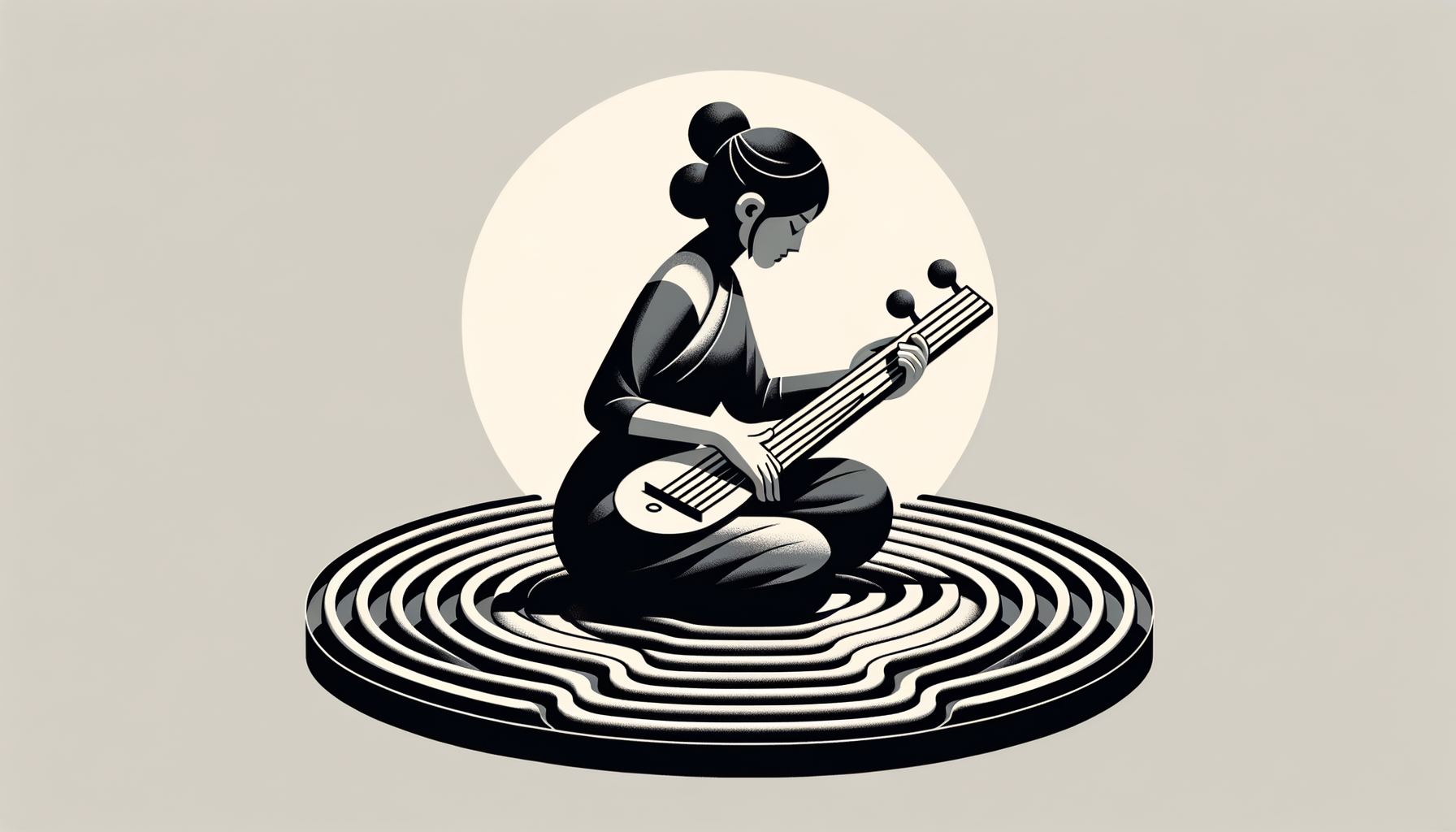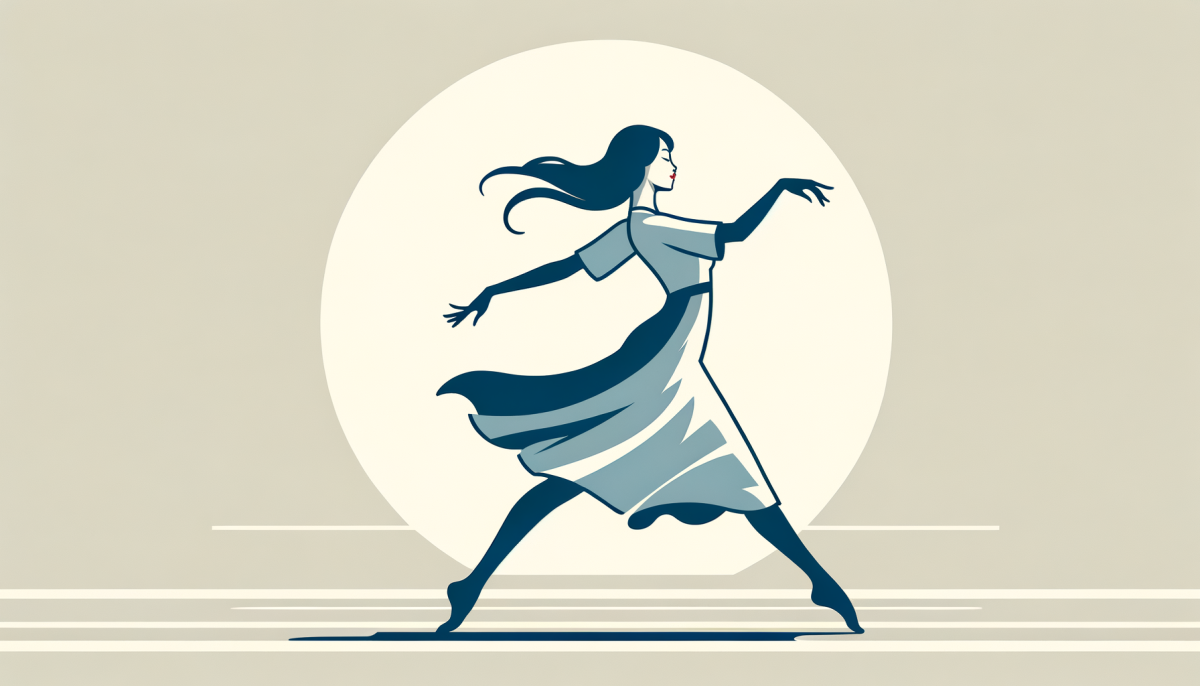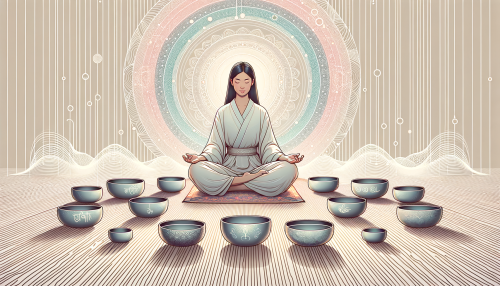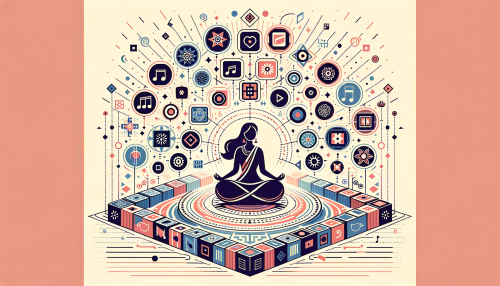Introduction
The symphony of life is a dance, a rhythmic journey that weaves together the threads of emotion, expression, and experience. It is a universal language that transcends boundaries, cultures, and generations. It is the dance of joy, a celebration of life’s most profound moments. This article delves into the intricate relationship between music and movement, exploring the rhythm and expression inherent in dance, the various techniques employed, and the sheer joy that movement can bring.
Rhythm and Expression

The rhythm of music is the heartbeat of dance, the pulsating force that drives movement and expression. It is the invisible thread that connects the dancer to the music, guiding their movements and shaping their performance. The rhythm sets the pace, dictates the mood, and provides the structure within which the dancer can express themselves. It is the foundation upon which all dance is built, the steady beat that underpins every movement.
Expression in dance is a complex and multifaceted concept. It is the embodiment of emotion, the physical manifestation of the dancer’s inner world. Through movement, dancers can convey a range of emotions, from joy and happiness to sorrow and despair. They can tell stories, evoke images, and create a shared experience with their audience. Expression in dance is not just about the movements themselves, but also about the intention behind them, the emotion that fuels them, and the connection they create.
Dance Techniques Explored
Dance is a vast and diverse field, encompassing a wide range of styles, genres, and techniques. From the graceful movements of ballet to the energetic rhythms of hip-hop, from the expressive storytelling of contemporary dance to the intricate footwork of tap, each style has its own unique set of techniques and principles.
Ballet, for instance, is characterized by its precision, elegance, and grace. It requires a high level of technical skill, including strength, flexibility, and balance. Ballet dancers must master a variety of complex movements, including turns, jumps, and lifts, all while maintaining a sense of poise and control.
Hip-hop, on the other hand, is a more freestyle form of dance, rooted in the street culture of urban America. It is characterized by its dynamic movements, including breaking, popping, and locking. Hip-hop dancers must have a strong sense of rhythm, as well as the ability to improvise and express themselves through their movements.
Joy in Movement
Dance is not just a form of artistic expression, but also a source of joy and happiness. The act of moving to music, of expressing oneself through dance, can bring a sense of fulfillment and satisfaction that is hard to match. It is a celebration of life, a way to connect with others, and a means of self-expression.
The joy of dance is not just about the end result, but also about the process. It is about the journey, the exploration, and the discovery. It is about pushing one’s boundaries, challenging oneself, and growing as a person. It is about the thrill of performance, the camaraderie of a dance troupe, and the connection with an audience.
Conclusion
In conclusion, dance is a powerful medium of expression, a celebration of life, and a source of joy. It is a universal language that transcends boundaries and connects people across cultures and generations. Whether you are a professional dancer or a casual enthusiast, the dance of joy is a journey worth embarking on. So put on your dancing shoes, let the music guide you, and dance for joy.





